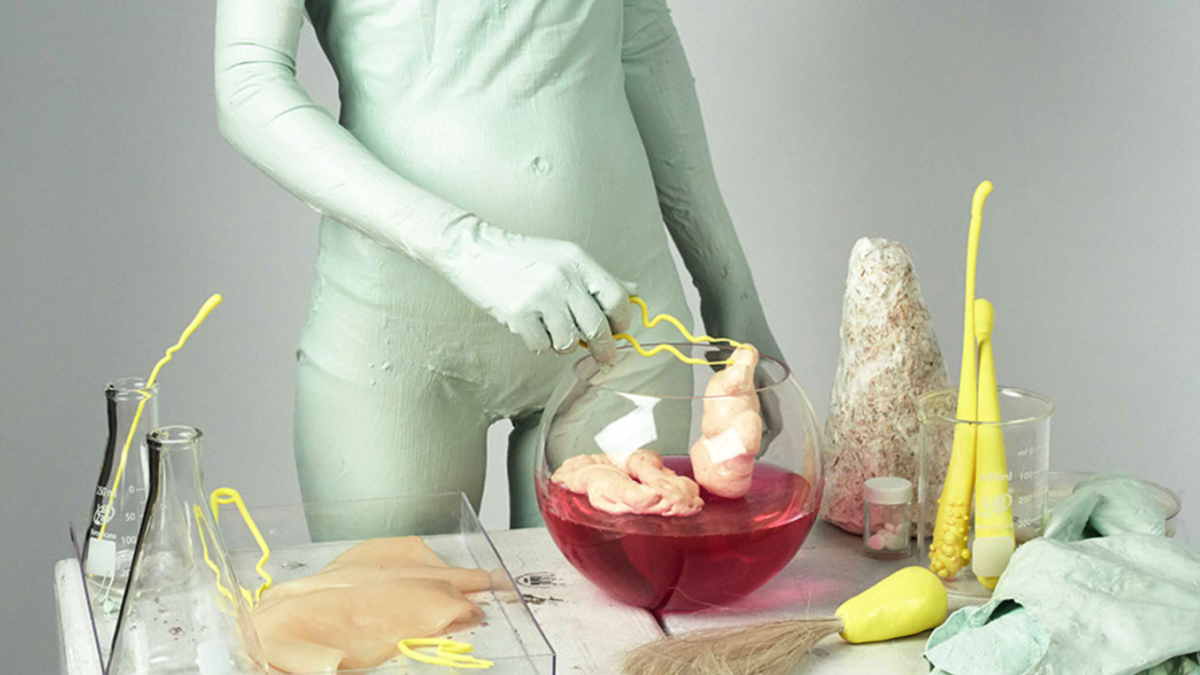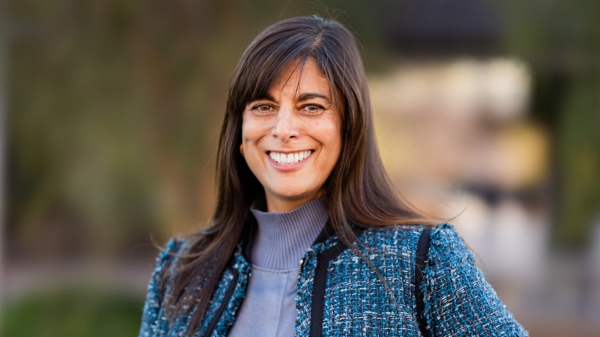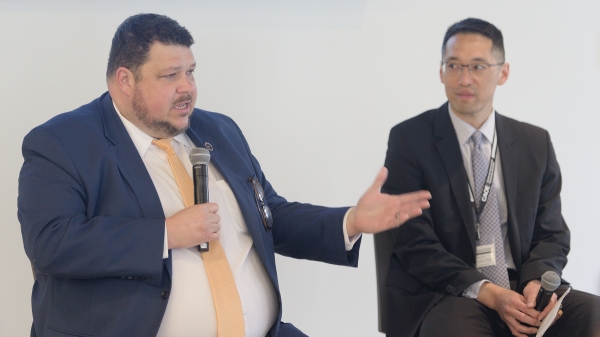Exploring thought, the future and science going awry
Emerge: ASU's annual transmedia art, science and technology festival comes to Tempe campus Saturday

Two hundred years ago, Mary Shelley imagined a doctor who created a new life form using lightning and stolen body parts.
Today, Ali Schachtschneider grows — and wears — edible skin.
The New York-based artist works with bacteria that she adds to a culture that ferments over time. The bacteria in the culture is mixed in with a tea called kombucha, allowing it to feed off sugar to make tiny strands of cellulose. They float to the top and accumulate in a thick mat that Schachtschneider fashions into garments.
Schachtschneider’s work combines lab-based research and fashion design to create extensions of the body. In the future, you might grow your own clothes. Fashion might be more personal and interactive than it is now.
“It’s something you can work to understand now,” she said. “I think about what the futures of materials could be, and I like to think about that through hands-on lab work.”
Thinking, the future and science going awry are among the themes explored at Emerge, Arizona State University’s annual transmedia art, science and technology festival, coming this Saturday at the Tempe campus (details below).
The festival’s 2017 theme is "Frankenstein," a timeless novel that embodies the question of scientific responsibility and foresight. In the age of gene drives, with the theoretical potential to unleash new life forms into the natural world, it’s a story with timely resonance, said Emerge director Cynthia Selin.
“Frankenstein is one of the most enduring stories about technologies we produce and our responsibility and unintended consequences,” Selin said. “Two hundred years ago, it was thought about. What kind of inventions are we making, and how do we control them? Or not?”
Selin is an assistant professor in the School for the Future of Innovation in Society and a social scientist who studies the future. She specializes in scenario planning.
“Scenarios are very much about storytelling,” she said. “In scenario planning, you treat the future as a set of different possibilities. Emerge is taking the art and science of foresight and taking them in totally different directions.”
The festival will feature dance performances, installations featuring experiments, films and exhibits such as Schachtschneider’s "Edibleskin." (No, she won’t be wearing it, and no, you won’t be allowed to eat it.)
All of the artists will be on site. “It’s not a normal pop-up exhibition where you go and look at something inert,” Selin said. “This is a lively and engaging experience.”
™ [Tomorrow’s Monster] will be a walk into an ASU lab in 2047, with the latest in artificial intelligence and robotics. The exhibit will include Hollywood props, including the Terminator’s head.
“It’s a way to dunk people into a future world, so they can ask questions about which technologies they might want to see and what technologies they might find problematic,” Selin said. “We’re trying to use art as a lens to look at technical innovation.”
Future applications of biotechnology will be envisioned at the festival.
"Stabilimentum" is a couture mask that filters air using live spiders and the electrostatic properties of their silk.
Fly Blimps is an installation consisting of helium-filled blimps whose movements are controlled by small collectives of houseflies.
“The flies exist in their own self-contained and self-sustaining worlds, collectively creating an amplified and exaggerated expression of group behavior,” the artist’s statement said.
Is it the responsibility of government or science to get ahead of emerging tech?
“With an event like Emerge, we want to make the case that it’s all of our responsibilities,” Selin said. “Emerge is an opportunity to include ordinary folks in the Valley but also faculty and students from all sorts of different departments around ASU to come in and play and experiment with the different installations we have lined up, to think about what are unintended consequences? What are the risks and benefits of these emerging technologies? Who decides which technologies are governed in which ways? … The future is for everyone. It’s not good enough to leave these questions to the experts.”
Details: Emerge 2017 will be held from 3 to 9 p.m. Saturday, Feb. 25, on the Tempe campus at the University Club and the Piper Lawn.
Top photo courtesty of www.alischachtschneider.com.
More Science and technology

The science behind chronic stress
Stress comes in many shapes and sizes. There’s the everyday stress of preparing for a final exam or being stuck in traffic. And the more significant stress of losing a friend, family member,…

ASU planetary scientist to be inducted into the National Academy of Sciences
The National Academy of Sciences is inducting School of Earth and Space Exploration Director Meenakshi Wadhwa into the 2023 class of new members for her pioneering work in planetary sciences and…

Unlocking the potential of AI for homeland security
“Can we do what we're doing now cheaper, more efficiently, more effectively?” Adam Cox, director in the Office of Strategy and Policy at the Department of Homeland Security Science and Technology…